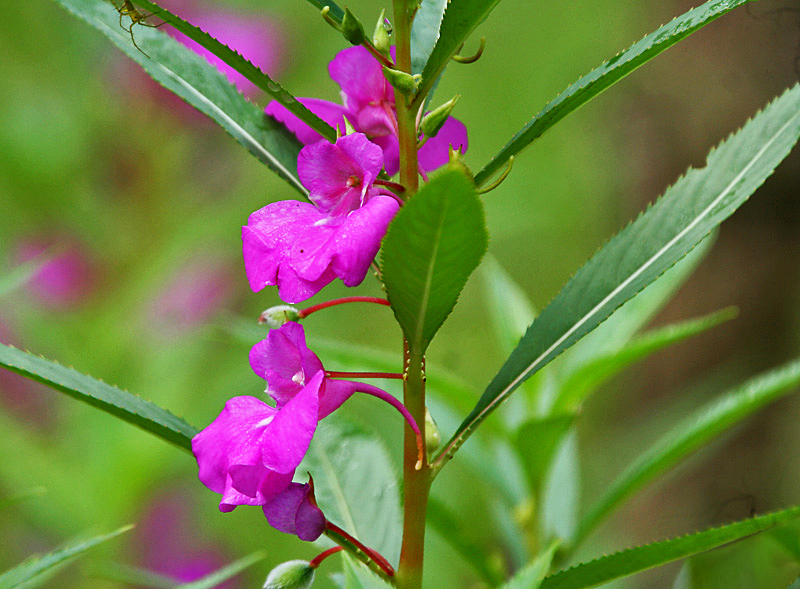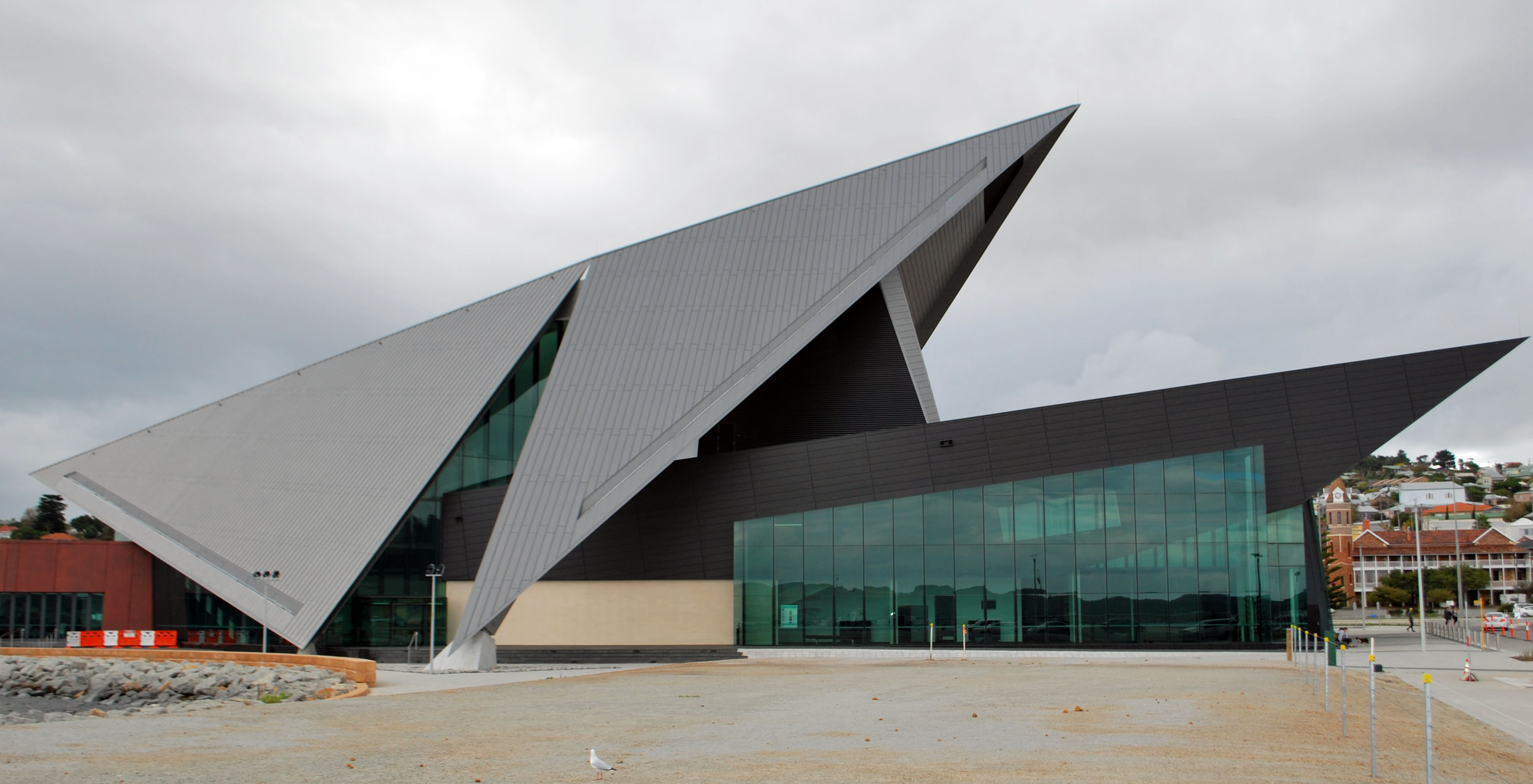|
Leucopogon Alternifolius
''Leucopogon alternifolius'' is a species of flowering plant in the heath family Ericaceae and is endemic to south of Western Australia. It is a low, sprawling shrub with thin branchlets, egg-shaped leaves with a heart-shaped, stem-clasping base, and white or pale pink flowers arranged in up to twenty groups along the flowering branchlets. Description ''Leucopogon alternifolius'' is a sprawling shrub that typically grows to high and wide, with a single stem at the base, its young branchlets thin and glabrous. The leaves are egg-shaped, long and wide on a petiole up to long. The leaves are usually concave, the base heart-shaped and stem-clasping and the lower surface a paler shade of green. The flowers are arranged in groups of three to eleven at the ends of branchlets, or in up to twenty leaf axils along flowering branchlets, with egg-shaped bracts long and slightly shorter bracteoles. The sepals are egg-shaped, long and often tinged with purple. The petals are joined at t ... [...More Info...] [...Related Items...] OR: [Wikipedia] [Google] [Baidu] |
Spreng
Spreng may refer to: * 30 cm Wurfkörper 42 Spreng, a rocket * Sebastian Spreng (born 1956), Argentine-born American visual artist and music journalist * Liselotte Spreng (1912–1992), Swiss women's rights activist * ''Spreng.'', taxonomic author abbreviation of Kurt Polycarp Joachim Sprengel (1766–1833), German botanist and physician {{disambiguation ... [...More Info...] [...Related Items...] OR: [Wikipedia] [Google] [Baidu] |
Botanical Nomenclature
Botanical nomenclature is the formal, scientific naming of plants. It is related to, but distinct from taxonomy (biology), taxonomy. Plant taxonomy is concerned with grouping and classifying plants; Botany, botanical nomenclature then provides names for the results of this process. The starting point for modern botanical nomenclature is Carl Linnaeus, Linnaeus' ''Species Plantarum'' of 1753. Botanical nomenclature is governed by the ''International Code of Nomenclature for algae, fungi, and plants'' (''ICNafp''), which replaces the ''International Code of Botanical Nomenclature'' (''ICBN''). Fossil plants are also covered by the code of nomenclature. Within the limits set by that code there is another set of rules, the ''International Code of Nomenclature for Cultivated Plants, International Code of Nomenclature for Cultivated Plants (ICNCP)'' which applies to plant cultivars that have been deliberately altered or selected by humans (see cultigen). Botanical nomenclature is indep ... [...More Info...] [...Related Items...] OR: [Wikipedia] [Google] [Baidu] |
Flora Of Western Australia
The flora of Western Australia comprises 10,842 published native vascular plant species and a further 1,030 unpublished species. They occur within 1,543 genus, genera from 211 Family (biology), families; there are also 1,335 naturalised alien or invasive plant species more commonly known as weeds. There are an estimated 150,000 cryptogam species or nonvascular plants which include lichens, and fungi although only 1,786 species have been published, with 948 algae and 672 lichen the majority. History Indigenous Australians have a long history with the flora of Western Australia. They have for over 50,000 years obtained detailed information on most plants. The information includes its uses as sources for food, shelter, tools and medicine. As Indigenous Australians passed the knowledge along orally or by example, most of this information has been lost, along many of the names they gave the flora. It was not until Europeans started to explore Western Australia that systematic written de ... [...More Info...] [...Related Items...] OR: [Wikipedia] [Google] [Baidu] |
Ericales Of Australia
The Ericales are a large and diverse order of flowering plants in the asterid group of the eudicots. Well-known and economically important members of this order include tea and ornamental camellias, persimmon, ebony, blueberry, cranberry, lingonberry, huckleberry, kiwifruit, Brazil nut, argan, sapote, azaleas and rhododendrons, heather, heath, impatiens, phlox, Jacob's ladder, primroses, cyclamens, shea, sapodilla, pouterias, and trumpet pitchers. The order includes 22 families, according to the APG IV system of classification. The Ericales include trees, bushes, lianas, and herbaceous plants. Together with ordinary autophytic plants, they include chlorophyll-deficient mycoheterotrophic plants (e.g., '' Sarcodes sanguinea'') and carnivorous plants (e.g., genus '' Sarracenia''). Mycorrhizal associations are quite common among the order representatives, and three kinds of mycorrhiza are found exclusively among Ericales (namely, ericoid, arbutoid and monotropoid myco ... [...More Info...] [...Related Items...] OR: [Wikipedia] [Google] [Baidu] |
Leucopogon
''Leucopogon'' is a genus of about 150-160 species of shrubs or small trees in the family Ericaceae, in the section of that family formerly treated as the separate family Epacridaceae. They are native to Australia, New Zealand, New Caledonia, the western Pacific Islands and Malaysia, with the greatest species diversity in the south-west of Western Australia. Plants in this genus have leaves with a few more or less parallel veins, and tube-shaped flowers usually with a white beard inside. Description Plants in the genus ''Leucopogon'' range from prostrate shrubs to small trees. The leaves are arranged alternately and usually have about three, more or less parallel veins visible on the lower surface. The flowers are arranged in leaf axils or on the ends of branchlets either singly or in spikes of a few to many flowers. There is a single egg-shaped to circular bract and a pair of similar bracteoles at the base of each flower immediately below the five sepals. The sepals are simila ... [...More Info...] [...Related Items...] OR: [Wikipedia] [Google] [Baidu] |
Department Of Biodiversity, Conservation And Attractions (Western Australia)
The Department of Biodiversity, Conservation and Attractions (DBCA) is the Government of Western Australia, Western Australian government department responsible for managing lands and waters described in the ''Conservation and Land Management Act 1984'', the ''Rottnest Island Authority Act 1987'', the ''Swan and Canning Rivers Management Act 2006'', the ''Botanic Gardens and Parks Authority Act 1998'', and the ''Zoological Parks Authority Act 2001'', and implementing the state's conservation and environment legislation and regulations. The Department reports to the Minister for Environment and the Minister for Tourism. DBCA was formed on 1 July 2017 by the merger of the Department of Parks and Wildlife (DPaW), the Botanic Gardens and Parks Authority, the Zoological Parks Authority and the Rottnest Island Authority. The former DPaW became the Parks and Wildlife Service. Status Parks and Wildlife Service The Formerly Department of Parks and Wildlife. the Parks and Wildlife Servi ... [...More Info...] [...Related Items...] OR: [Wikipedia] [Google] [Baidu] |
Declared Rare And Priority Flora List
The Declared Rare and Priority Flora List is the system by which Western Australia's conservation flora are given a priority. Developed by the Government of Western Australia's Department of Environment and Conservation, it was used extensively within the department, including the Western Australian Herbarium The Western Australian Herbarium is the state Herbarium, situated in Perth, the capital of Western Australia. It houses a collection of more than 845,000 dried specimens of plants, algae, bryophytes (mosses, liverworts and hornworts), lichens, fu .... The herbarium's journal, '' Nuytsia'', which has published over a quarter of the state's conservation taxa, requires a conservation status to be included in all publications of new Western Australian taxa that appear to be rare or endangered. The system defines six levels of priority taxa: ;X: Threatened (Declared Rare Flora) – Presumed Extinct Taxa: These are taxa that are thought to be extinct, either because they have n ... [...More Info...] [...Related Items...] OR: [Wikipedia] [Google] [Baidu] |
Warren (biogeographic Region)
Warren, also known as Karri Forest Region and the Jarrah-Karri forest and shrublands ecoregion, is a biogeographic region in southern Western Australia. Located in the southwest corner of Western Australia between Cape Naturaliste and Albany, it is bordered to the north and east by the Jarrah Forest region. Its defining characteristic is an extensive tall forest of ''Eucalyptus diversicolor'' (karri). This occurs on dissected, hilly ground, with a moderately wet climate. Karri is a valuable timber and much of the karri forest has been logged over, but less than a third has been cleared for agriculture. Recognised as a region under the Interim Biogeographic Regionalisation for Australia (IBRA), and as a terrestrial ecoregion by the World Wide Fund for Nature, it was first defined by Ludwig Diels in 1906. Geography and geology The Warren region is defined as the coastal sandplain between Cape Naturaliste and Albany. Extending from the ocean to the edge of the Yilgarn craton ... [...More Info...] [...Related Items...] OR: [Wikipedia] [Google] [Baidu] |
Jarrah Forest
Jarrah Forest, also known as the Southwest Australia woodlands, is an interim Australian bioregion and ecoregion located in the south west of Western Australia.IBRA Version 6.1 data The name of the bioregion refers to the region's dominant plant community, jarrah forest – a tall, open forest in which the dominant overstory tree is jarrah ('''').Koch, J. M., & Samsa, G. P. (2007). Restoring Jarrah forest trees after bauxite mining in Western Australia. Restoration Ecology, 15(s4), S17- ... [...More Info...] [...Related Items...] OR: [Wikipedia] [Google] [Baidu] |
Walpole, Western Australia
Walpole is a town in the south-western region of Western Australia, located approximately south southeast of Perth, and west of Denmark. Location and description Walpole lies very close to the northern point of the Walpole Inlet, from which it takes its name. The inlet in turn is named for the Walpole River, discovered in 1831 by Captain Thomas Bannister, and named by Governor Stirling for Captain W. Walpole, with whom he had served aboard HMS Warspite in 1808. The first European settlers to arrive in the area were Pierre Bellanger and his family in 1909. They travelled aboard the ''Grace Darling'' from Albany to take up of land. Land in the Walpole area was reserved for a national park in 1910, and the area subsequently became a popular holiday destination. Major development began to occur in the 1930s as part of the land settlement scheme. The railway reached Nornalup in 1929, and the Walpole town site was gazetted in 1933. The local electricity grid is remote a ... [...More Info...] [...Related Items...] OR: [Wikipedia] [Google] [Baidu] |
Albany, Western Australia
Albany ( ; ) is a port city in the Great Southern region in the Australian state of Western Australia, southeast of Perth, the state capital. The city centre is at the northern edge of Princess Royal Harbour, which is a part of King George Sound. The central business district is bounded by Mount Clarence to the east and Mount Melville to the west. The city is in the local government area of the City of Albany. While it is the oldest colonial, although not European, settlement in Western Australia — predating Perth and Fremantle by over two years — it was a semi-exclave of New South Wales for over four years until it was made part of the Swan River Colony. The settlement was founded on 26 December 1826 as a military outpost of New South Wales for the purpose of forestalling French ambitions in the region. To that end, on 21 January 1827, the commander of the outpost, Major Edmund Lockyer, formally took possession for the British Crown of the portion of New Hol ... [...More Info...] [...Related Items...] OR: [Wikipedia] [Google] [Baidu] |
Prodromus Florae Novae Hollandiae Et Insulae Van Diemen
''Prodromus Florae Novae Hollandiae et Insulae Van Diemen'' (Prodromus of the Flora of New Holland and Van Diemen's Land) is a book by the botanist Robert Brown Robert Brown may refer to: Robert Brown (born 1965), British Director, Animator and author Entertainers and artists * Washboard Sam or Robert Brown (1910–1966), American musician and singer * Robert W. Brown (1917–2009), American printmaker ... published in 1810, which deals with the flora of Australia. Often referred to as ''Prodromus Flora Novae Hollandiae'', or by its standard botanical abbreviation ''Prodr. Fl. Nov. Holland.'', it was the first attempt at a survey of the Australian flora. It described over 2040 species, over half of which were published for the first time. Brown's ''Prodromus'' was originally published as Volume One, and following the ''Praemonenda'' (Preface), page numbering commences on page 145. Sales of the ''Prodromus'' were so poor, however, that Brown withdrew it from sale. Due to the ... [...More Info...] [...Related Items...] OR: [Wikipedia] [Google] [Baidu] |




